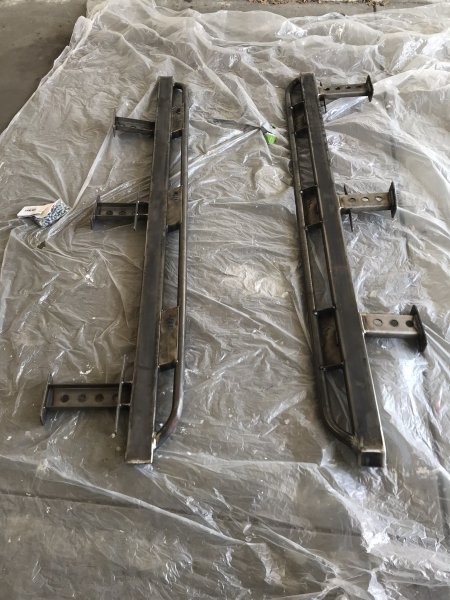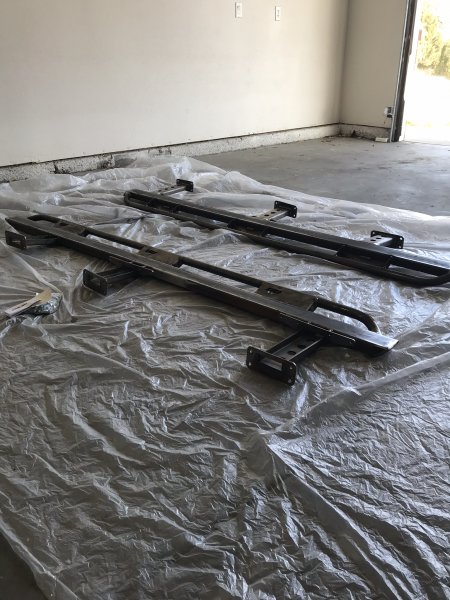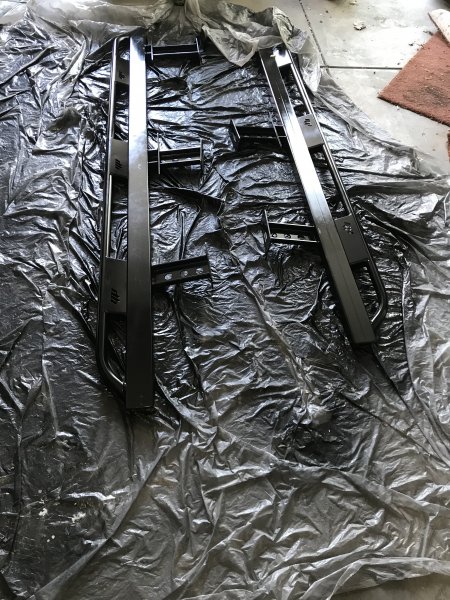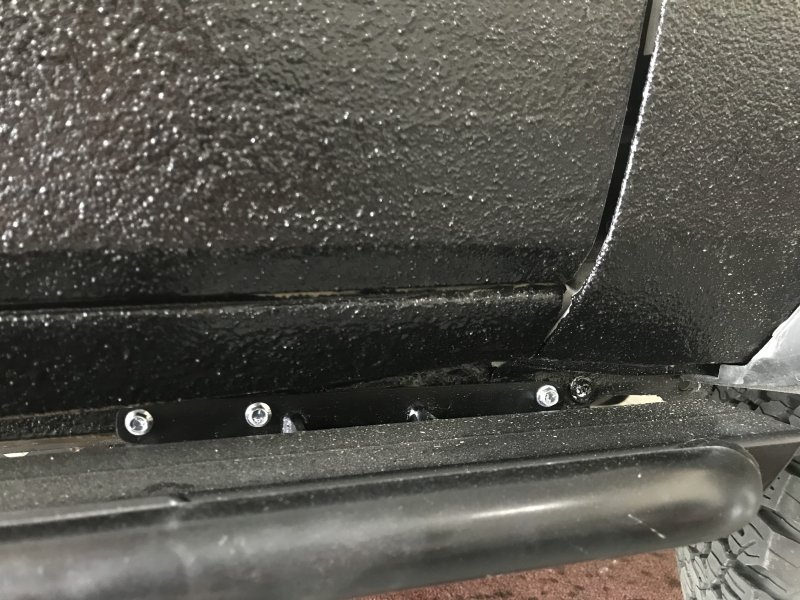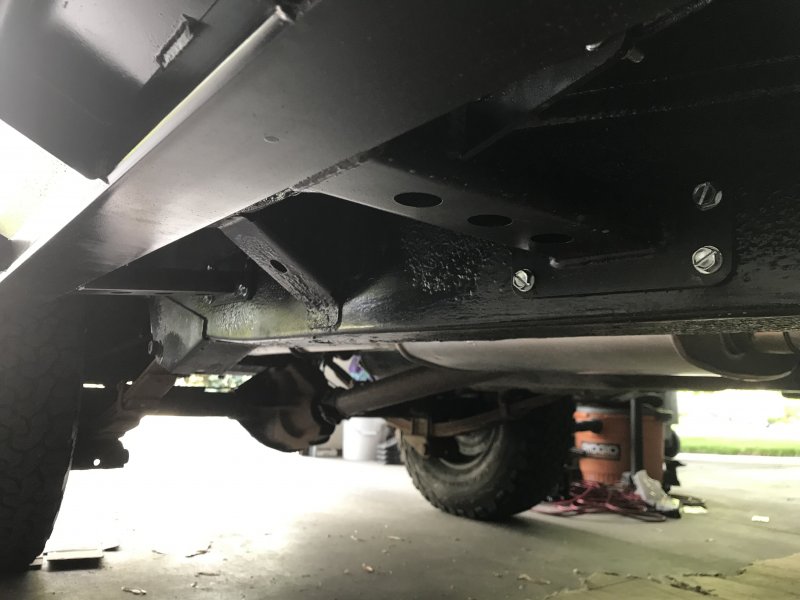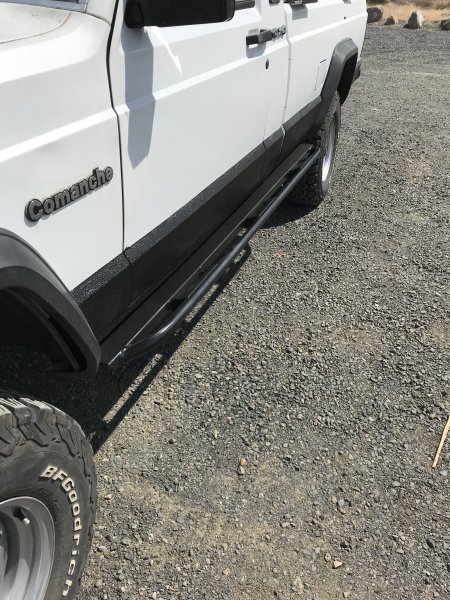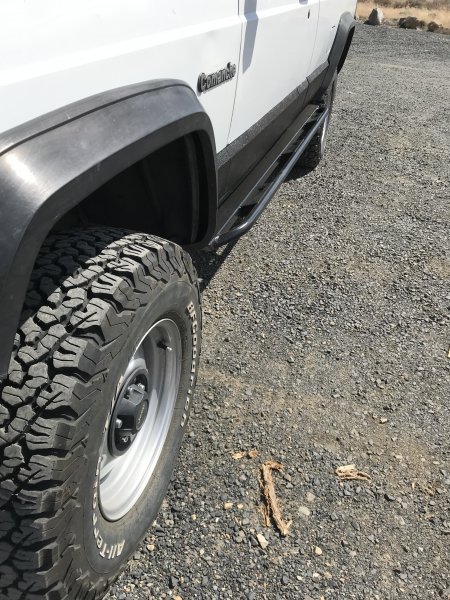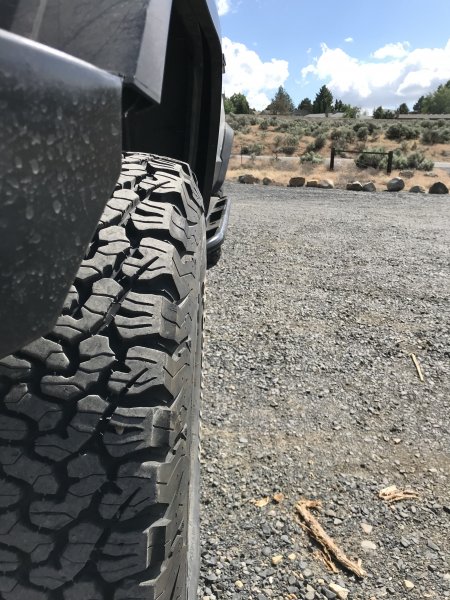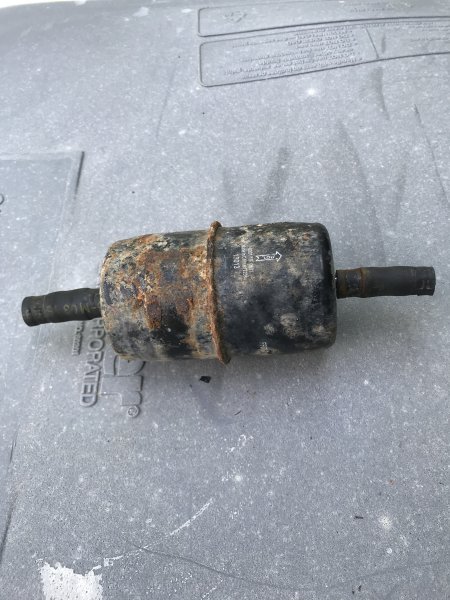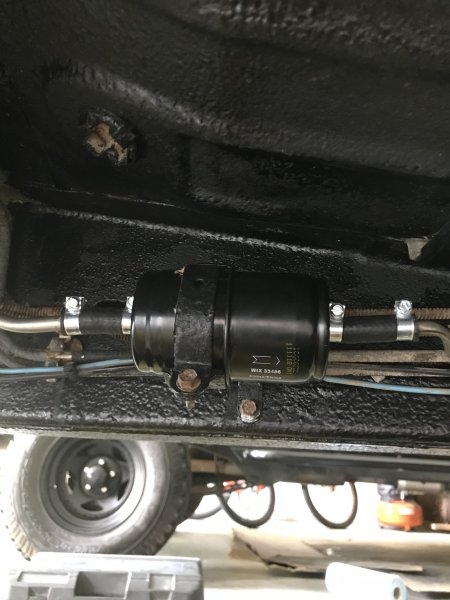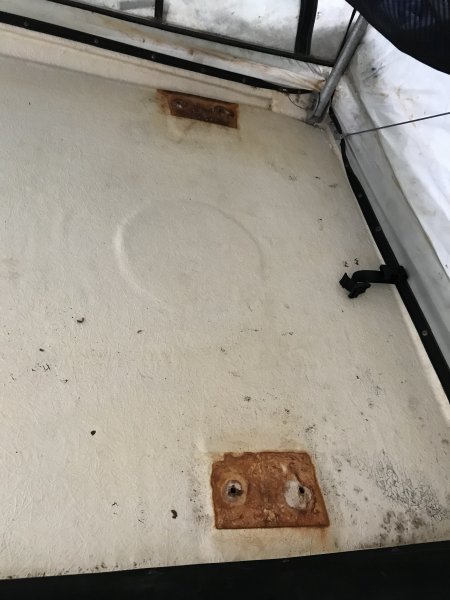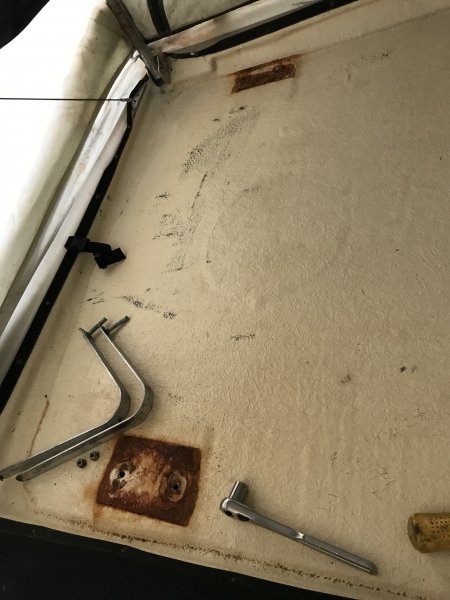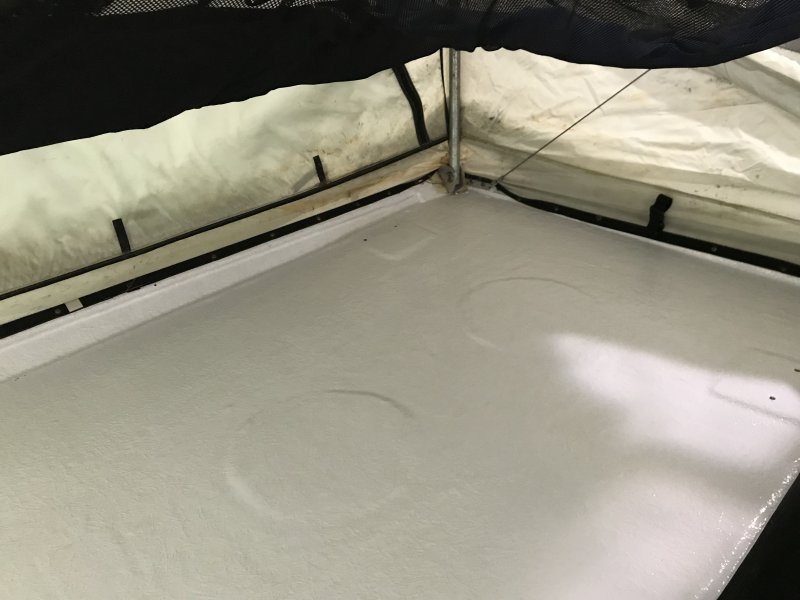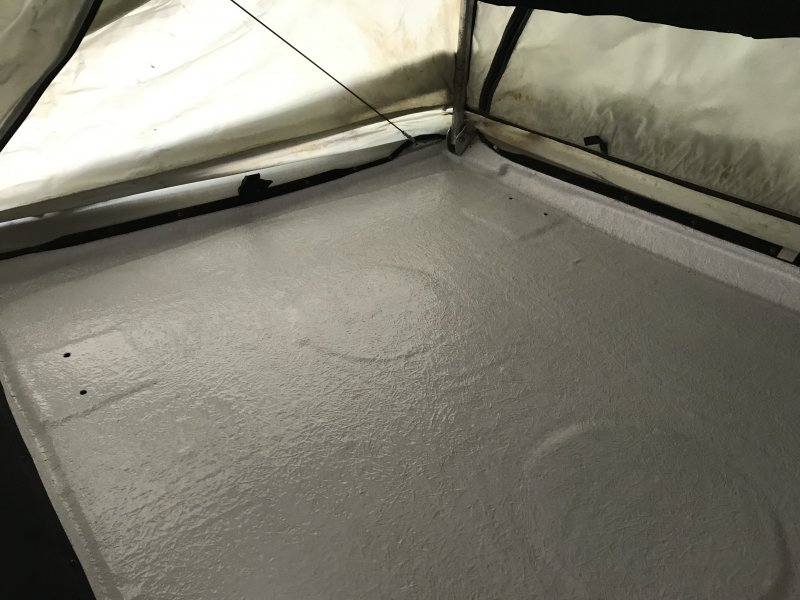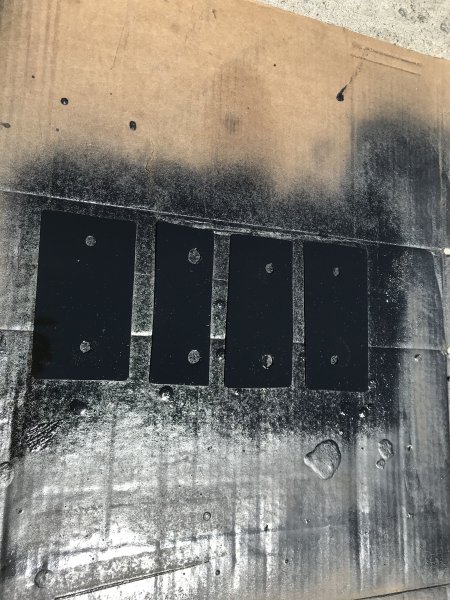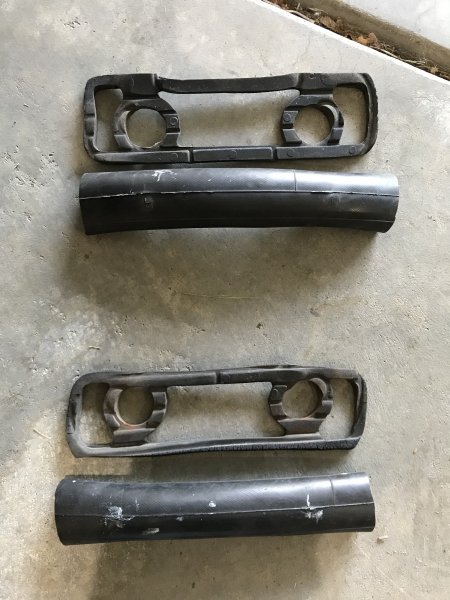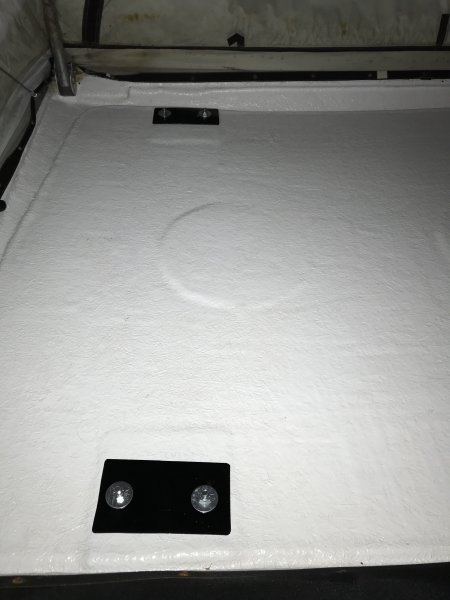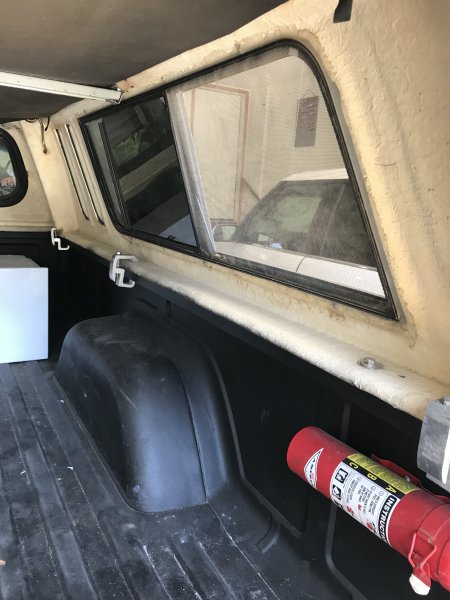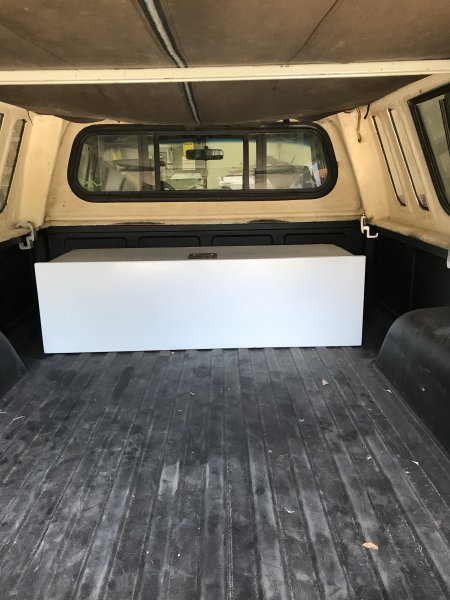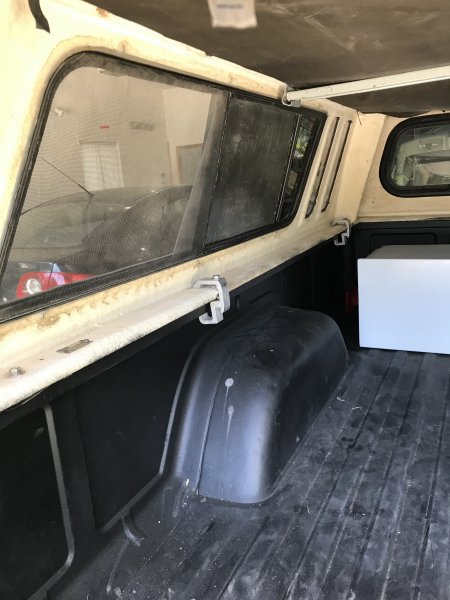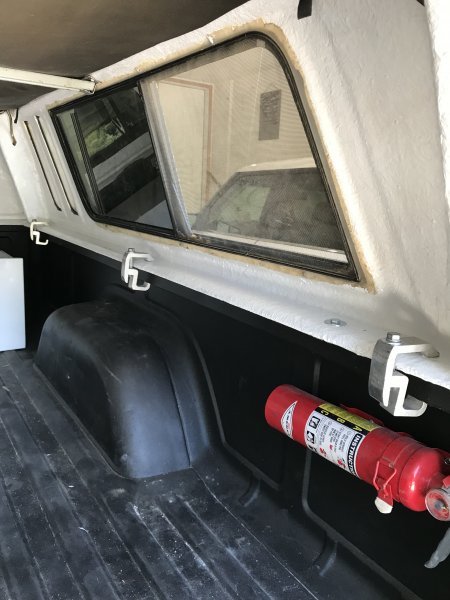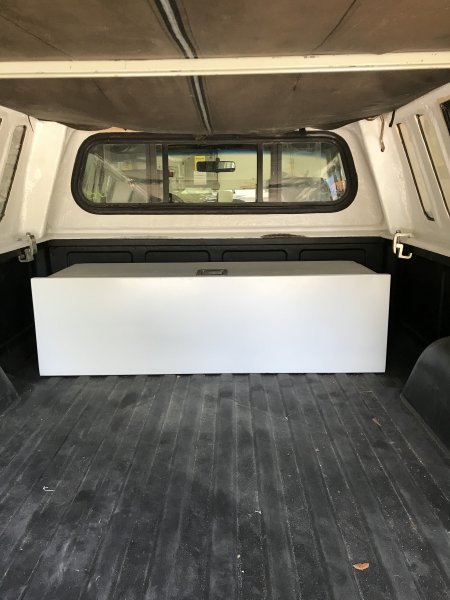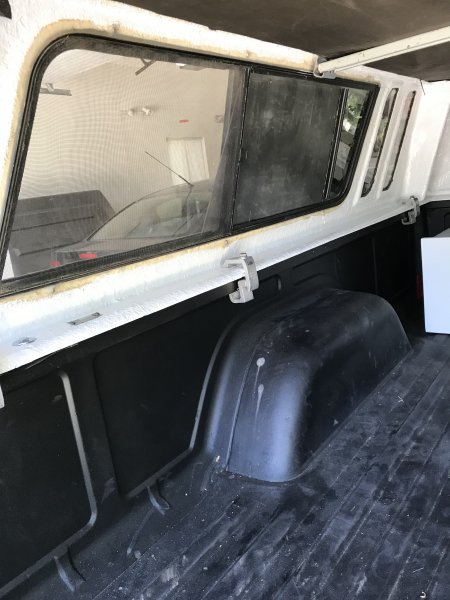02rangeredge
Adventurer
Before fall set in I completed body work on the quarter panels, complete with a primer coating. I was hoping to reapply the bedliner on the lower quarter panels to have it done and out of the way, but time was not on my side. With the colder temperatures the plan was put on pause. Now that spring has sprung, a brought with it warmer temperatures it is time to finish the lower quarter panels. A some point a coat of Durabak (a DIY bedliner) was applied to prevent rock chips. When it was originally done the Durabak was applied with the fender flares on, resulting in peeling near the flares and a feeling of being incomplete. This time around the flares were removed to have a complete running front to back. (the garage wall prevented me from having enough space to get a single shot).
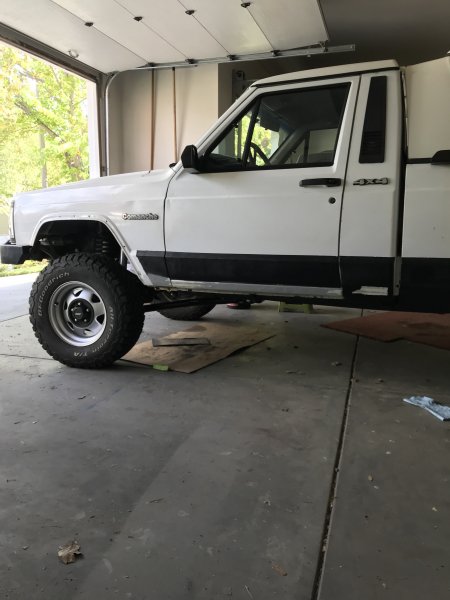

The entire lower half of the truck was washed clean to remove dirt, oil, grease, and grime and given a rub down with xylene per the manufacturer instructions. I masked off a line where I didn't want Durabak to be. I moved the tape line up ever so slightly to clean up the rough edge from the previous application.
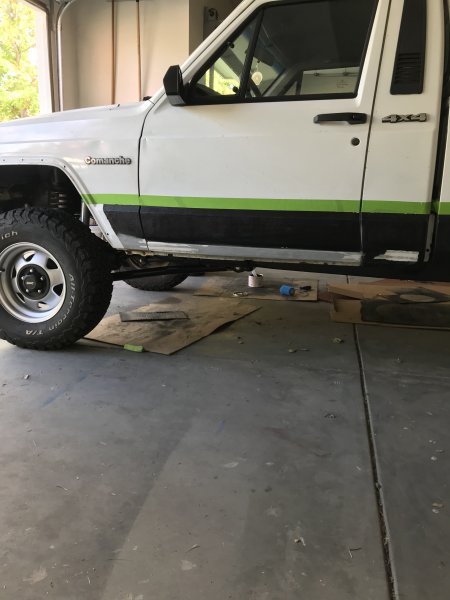
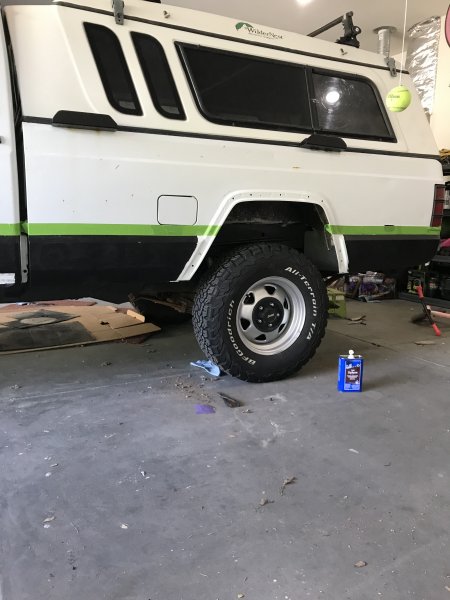
Durabak can be sprayed or rolled on, I went with roll. You can buy special rollers from the manufacturer that helps the rubber granuals spread more evenly. The manufacturer’s directions for application of the Durabak bedliner state that a primer coat is not necessary, but I found that the bedliner adhered much better to the primed areas than the places where I had just roughed up the factory paint with a light sanding, as recommended. Application was pretty straightforward. I used the manufacturer supplied foam brush to paint along panel, nooks and crannies I used a paint brush. I started by woking on the factory exposed paint. The first coat went on smoothly, though it did take a minute or two to really get the hang of how to apply the bedliner evenly. Since the air here is so dry, the first coat took ~25 minutes to become tacky to the touch. Once the second was applied, a third and final coat was applied along the entire lower panel to give an even, more consistent look all around. As soon as the final coat was on I we all of the painters tape and am letting the Jeep to dry overnight. I've been out twice to touch up any necessary areas. Since Durabak bonds to itself, this has not been a problem.
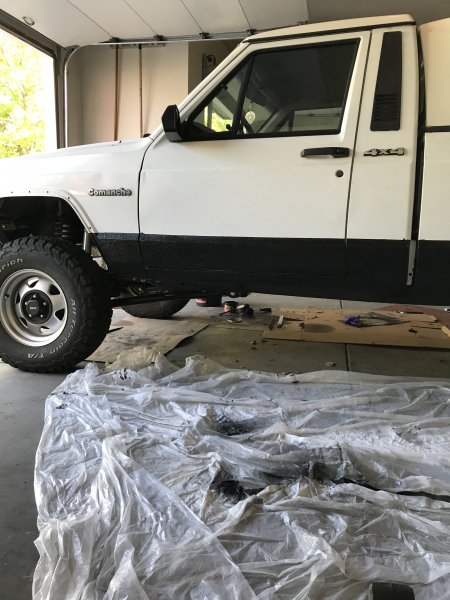
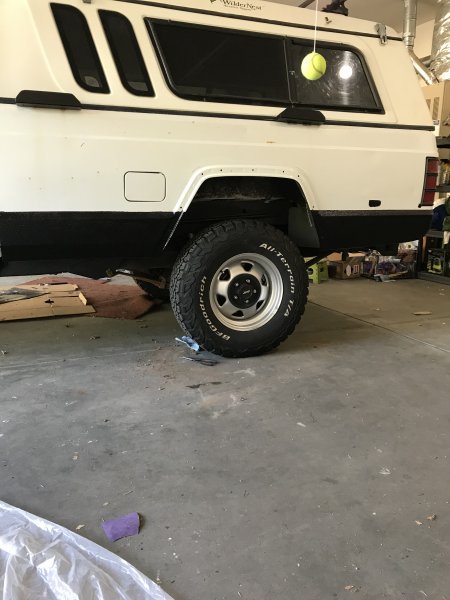
Turned out awesome, do you have fender flares going back on?

